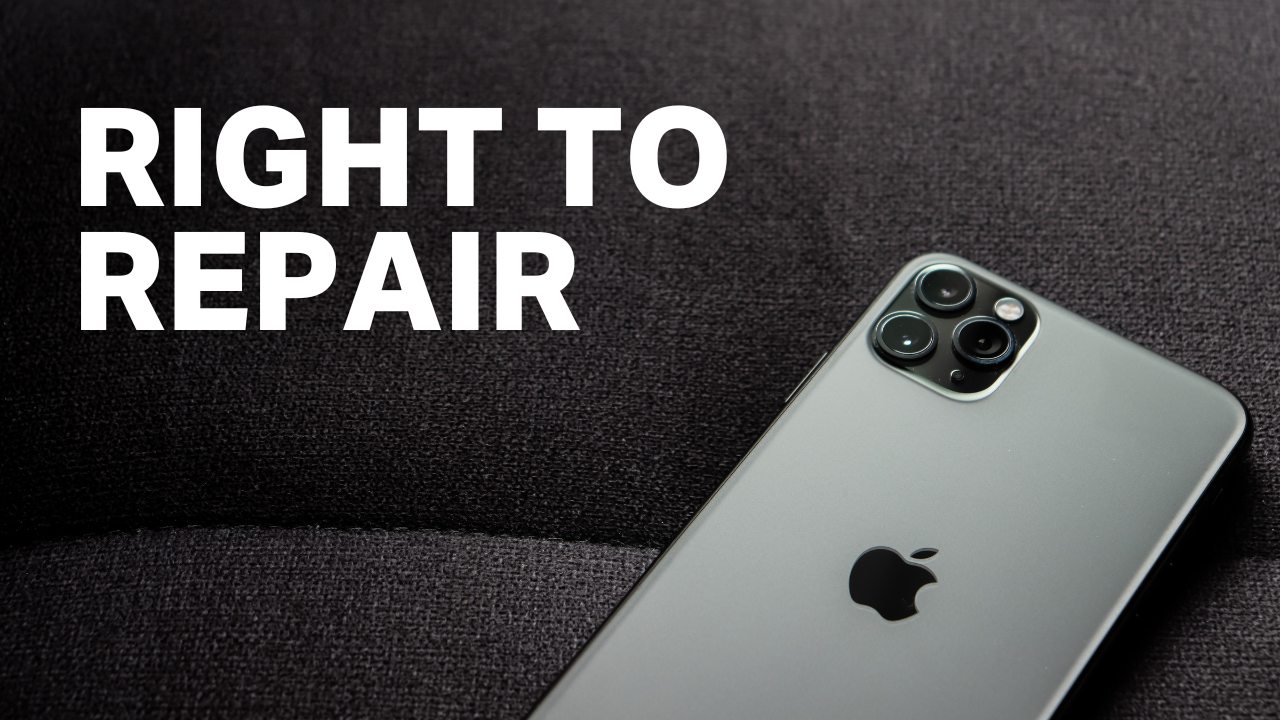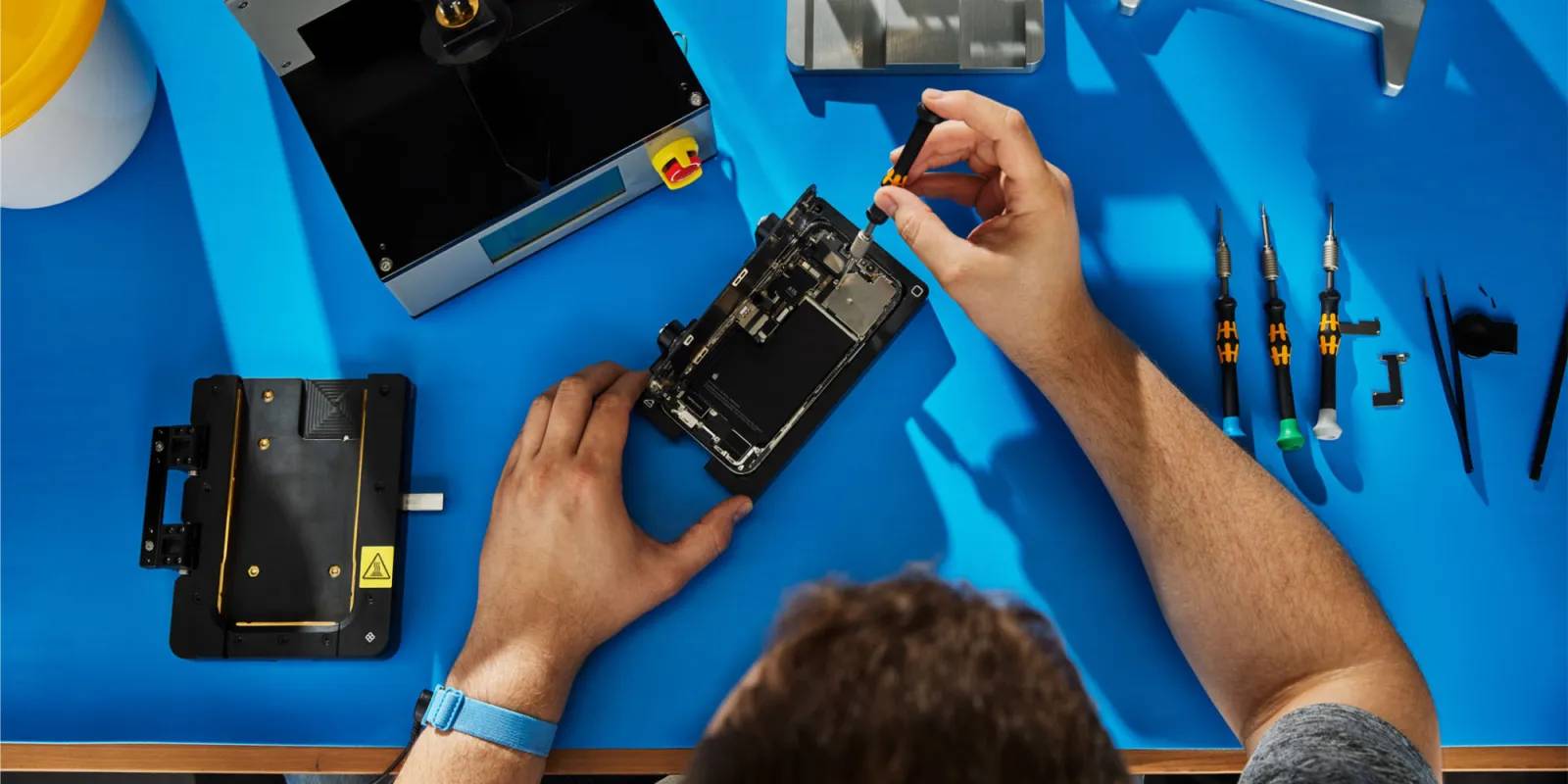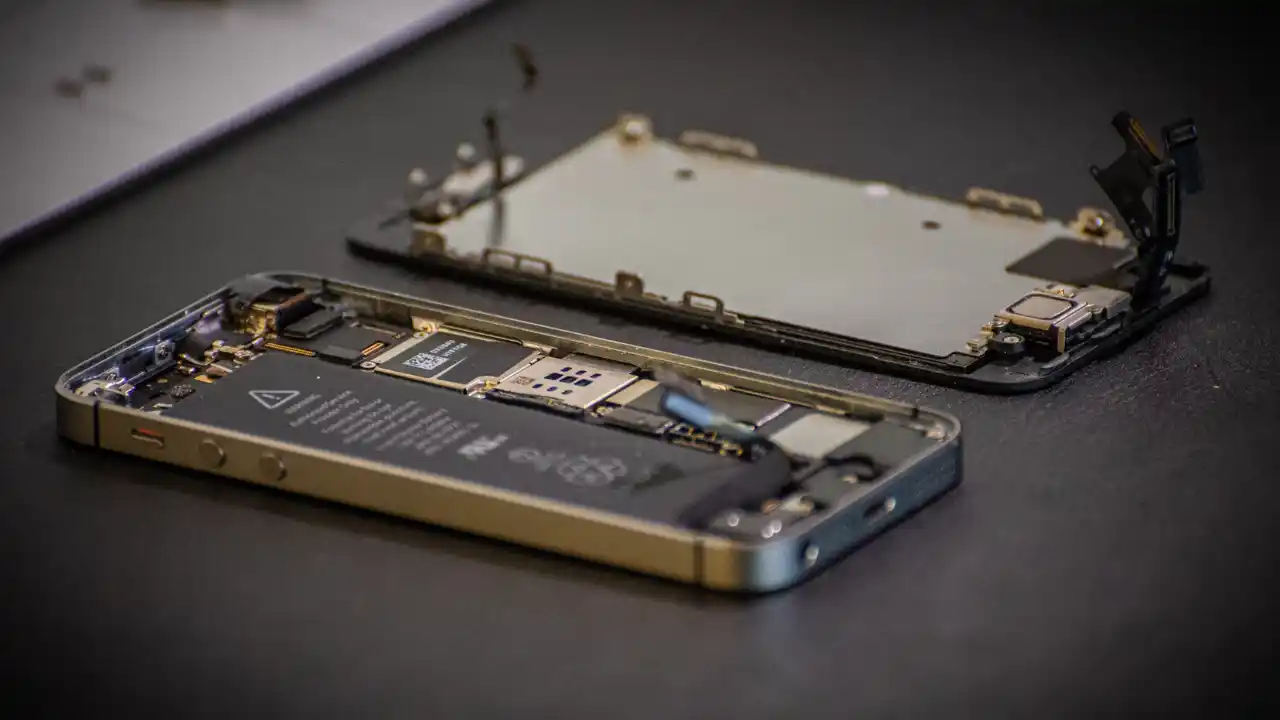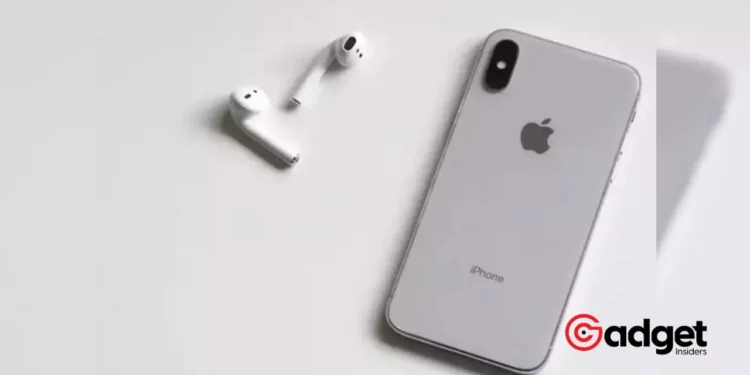In an unprecedented shift from its longstanding policy, Apple has announced that it will now allow the reuse of certain iPhone parts for repairs, marking a significant step towards accommodating the right-to-repair movement. This change comes on the heels of recent legislative actions, such as Oregon’s passage of a repair bill that challenges restrictive “parts pairing” practices which have traditionally locked out non-Apple components from being used in repairs.

Apple has asserted that the decision to enable the reuse of parts like Face ID and Touch ID sensors is driven by a dual commitment to enhance consumer choice and minimize environmental impacts.
The company emphasizes that this new policy maintains rigorous standards for user privacy, security, and safety.
According to the company’s senior vice president of hardware engineering, John Ternus, “With this latest expansion to our repair program, we’re excited to be adding even more choice and convenience for our customers, while helping to extend the life of our products and their parts.”
Apple: Addressing the Parts Pairing Controversy
Historically, Apple’s approach to repairs involved exclusive use of brand-new parts, often discouraging or outright blocking the use of older or third-party components through software locks—a practice known as parts pairing.
This method, the company argues, is vital for safeguarding device integrity. However, critics argue that such practices are overly restrictive, driving up costs and contributing to electronic waste.
Apple will relax repair policy to allow used genuine parts with select iPhones https://t.co/PRQKgGdaBK by @apollozac
— 9to5Mac (@9to5mac) April 11, 2024
In response to these criticisms, the company’s new policy will allow “select iPhone models” to accept reused biometric sensors among other components starting this fall. This move is seen as a balance between ensuring device functionality and addressing broader concerns about sustainability and repairability.
Legislative Influence and the Timing of Apple’s Announcement
The timing of Apple’s policy revision coincides with legislative developments, notably in Oregon and Colorado, where laws aimed at reducing restrictions on electronic repairs are advancing.
Nathan Proctor, senior director of the Public Interest Research Group’s right-to-repair campaign, suggests that legislative pressure has been a key driver behind the company’s decision.
“Make no mistake: The reason it is doing this is that Right to Repair is moving forward, thanks to the efforts of state lawmakers and our coalition of tinkers, fixers, makers, and environmental and consumer advocates,” Proctor stated.

Similarly, iFixit CEO Kyle Wiens links Apple’s announcement directly to the legislative progress, describing the policy as a series of “half-promises” designed to placate proponents of more comprehensive repair freedoms.
“Aftermarket parts are key to the repair ecosystem, and the brand seems keen on continuing to ban those,” Wiens remarked in a post addressing the issue.
Enhancements to Parts and Service History
Furthering transparency, the tech giant also plans to expand its Parts and Service history to indicate whether a part installed during a repair is new or a reused genuine Apple part.
This update aims to provide customers with clear information on the origins of their device components, although it remains silent on the inclusion of aftermarket parts.

Activation Lock and E-Waste Concerns
Another significant aspect of Apple’s announcement is the extension of the Activation Lock feature to individual parts, an effort to prevent the reuse of components from stolen devices.
While designed to deter theft, Activation Lock has often been criticized for rendering devices unusable if not properly deactivated, contributing to increased e-waste.
Apple’s policy revision represents a cautious yet meaningful step towards more sustainable and consumer-friendly repair practices.
By balancing the need for security and functionality with the growing demands for repairability, Apple is navigating the complex landscape of tech regulations and consumer expectations, potentially setting a new standard for the industry.










